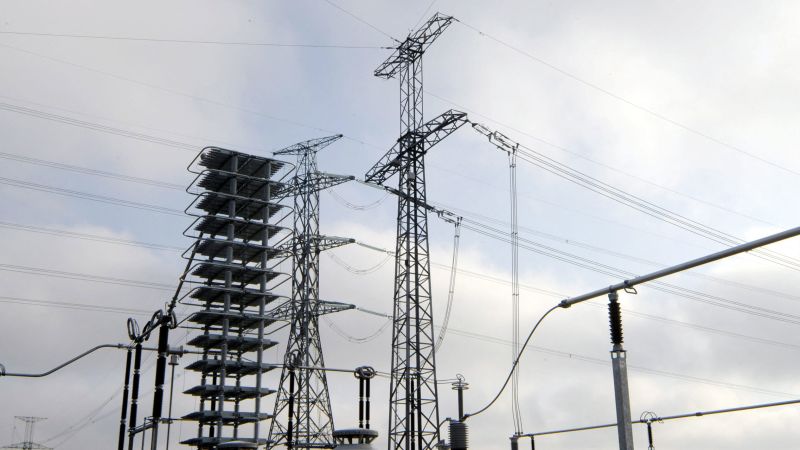NATO Launches 'Baltic Sentry' to Guard Undersea Infrastructure

The Facts
NATO Secretary-General Mark Rutte on Tuesday announced the launch of "Baltic Sentry," a new mission to protect critical undersea infrastructure and enhance surveillance and deterrence in the Baltic Sea region. The mission includes frigates, maritime patrol aircraft, and naval drones.
According to Rutte, more than 95% of internet traffic relies on undersea cables, with 1.3M kilometers (808K miles) of cables facilitating approximately $10T worth of daily financial transactions globally.
The initiative will integrate national surveillance systems with NATO resources and implement stronger measures, including possibly boarding and seizing suspect vessels.
The Spin
Pro-establishment narrative
The increasing frequency of infrastructure damage in the Baltic Sea represents a coordinated campaign to destabilize NATO societies through sabotage, requiring immediate defensive action to protect critical assets and maintain regional security.
Establishment-critical narrative
Poor seamanship or accidents could cause damage to undersea infrastructure. Accusations of deliberate sabotage shouldn't be made without firm evidence, as hasty conclusions could unnecessarily escalate tensions in the region.


